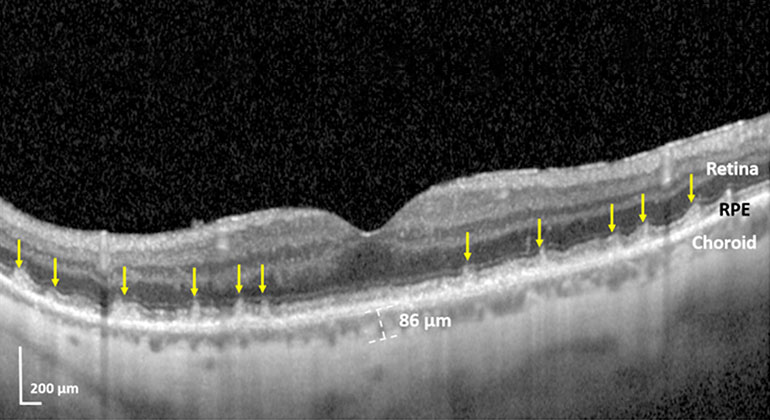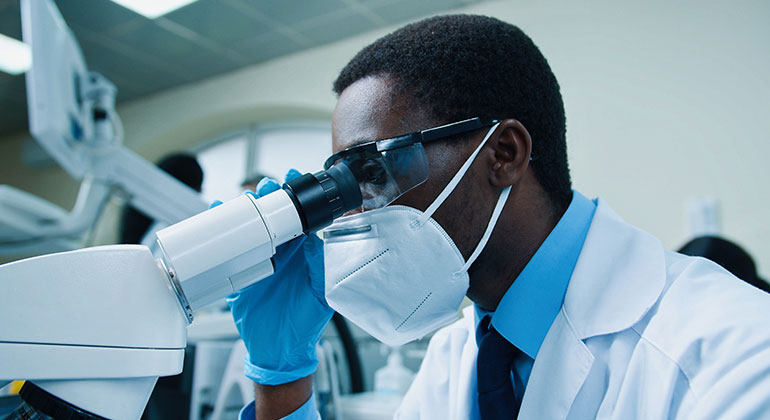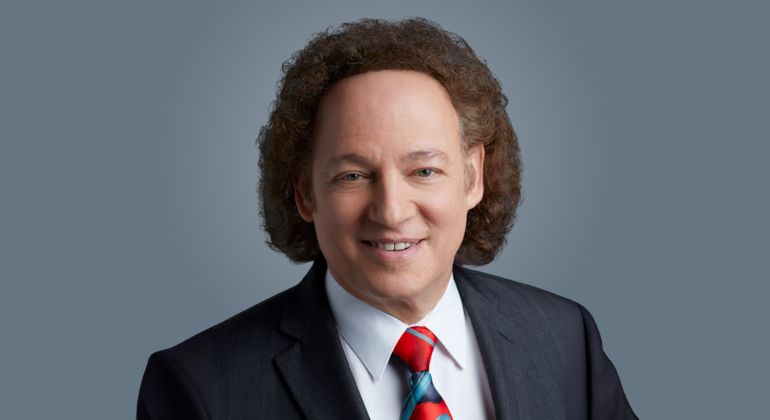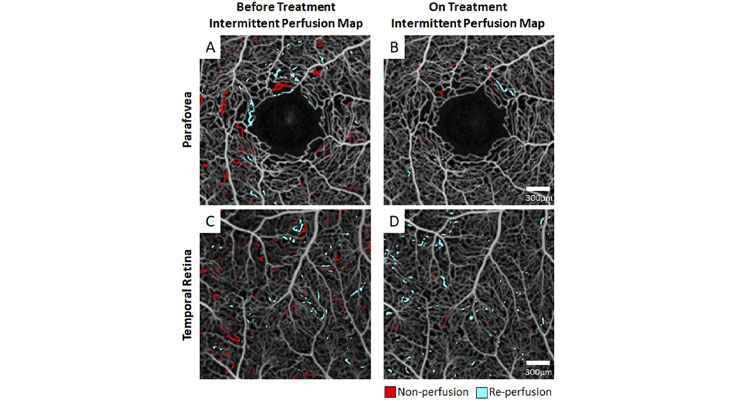February is Age-Related Macular Degeneration Awareness Month
Mount Sinai Experts Available to Discuss Tips & Information on Irreversible Vision Loss
Macular degeneration is a major cause of irreversible vision loss in the United States and around the world. As many as 11 million Americans have some form of macular degeneration. To observe Age-Related Macular Degeneration (AMD) Awareness Month, ophthalmologists at New York Eye and Ear Infirmary of Mount Sinai (NYEE) and the Mount Sinai Health System (MSHS) are offering tips for prevention, early detection, and treatment of the condition.
Experts Available for Interview
- Robin N. Ginsburg, MD, Assistant Professor, Department of Ophthalmology, MSHS, and Director of the Vitreoretinal Service, Mount Sinai Hospital
- Richard B. Rosen, MD, FACS, Professor, Department of Ophthalmology, MSHS, Surgeon Director and Retina Service Chief, NYEE, and Director of Ophthalmology Research, NYEE
Facts about Age-Related Macular Degeneration (AMD)
- The number of people living with any form of macular degeneration is similar to that of those who have been diagnosed with all types of invasive cancers.
- As many as 11 million people in the United States have some form of AMD. This number is expected to double to by 2050.
- AMD is the result of deterioration of a central area of the retina called the macula, which is the location of central vision. This deterioration can make vision become blurry or wavy. It can also result in a blind spot in the center of your vision.
- Age is a major risk factor for developing AMD. Other risk factors include: a history of smoking; hypertension, family history. AMD is more common among women and Caucasians but is seen among all races.
- There are two types of AMD: dry (atrophic) and wet (neovascular or exudative). Most AMD starts as the dry type and in 10-20 percent of individuals, it progresses to the wet type.
- Age-related macular degeneration is always bilateral (i.e., occurs in both eyes), but does not necessarily progress at the same pace in both eyes. It is therefore possible to experience the wet type in one eye and the dry type in the other.
Tips for Age-Related Macular Degeneration (AMD) Prevention and Treatment
- If you have a family history of AMD, get a comprehensive dilated eye exam yearly after the age of 50.
- AMD occurs less often in people who exercise, avoid smoking, and eat nutritious foods including green leafy vegetables and fish. If you already have AMD, adopting these habits may help you keep your vision longer.
- Although some vision loss from AMD is irreversible, effective treatments can slow down progression or in some cases reverse vision deterioration
- Nutritional supplement formulations containing antioxidants and zinc (studied in the AREDS and AREDS2 clinical trials) have been shown to slow the disease in those who have intermediate AMD and those with advanced AMD in only one eye.
- Anti-VEGF injections (medication specifically aimed at stopping the progression of the abnormal blood vessels that cause the vision loss) are an effective treatment for the wet or neovascular form of AMD and may control or reverse vision loss if administered shortly after the onset of vision loss. Early recognition of vision change, evaluation by an ophthalmologist, and starting proper medical treatment may be sight-saving.
- Anti-Complement treatments and Stem cell therapies are promising treatments for the advanced dry form of AMD, which are being studied at the Mount Sinai Health System.
About the Mount Sinai Health System
Mount Sinai Health System is one of the largest academic medical systems in the New York metro area, with 48,000 employees working across seven hospitals, more than 400 outpatient practices, more than 600 research and clinical labs, a school of nursing, and a leading school of medicine and graduate education. Mount Sinai advances health for all people, everywhere, by taking on the most complex health care challenges of our time—discovering and applying new scientific learning and knowledge; developing safer, more effective treatments; educating the next generation of medical leaders and innovators; and supporting local communities by delivering high-quality care to all who need it.
Through the integration of its hospitals, labs, and schools, Mount Sinai offers comprehensive health care solutions from birth through geriatrics, leveraging innovative approaches such as artificial intelligence and informatics while keeping patients’ medical and emotional needs at the center of all treatment. The Health System includes approximately 9,000 primary and specialty care physicians and 10 free-standing joint-venture centers throughout the five boroughs of New York City, Westchester, Long Island, and Florida. Hospitals within the System are consistently ranked by Newsweek’s® “The World’s Best Smart Hospitals, Best in State Hospitals, World Best Hospitals and Best Specialty Hospitals” and by U.S. News & World Report's® “Best Hospitals” and “Best Children’s Hospitals.” The Mount Sinai Hospital is on the U.S. News & World Report® “Best Hospitals” Honor Roll for 2025-2026.
For more information, visit https://www.mountsinai.org or find Mount Sinai on Facebook, Instagram, LinkedIn, X, and YouTube.

Blinding Eye Disease Strongly Associated With Serious Forms of Cardiovascular Disease
Nov 17, 2022 View All Press Releases
High-Tech Imaging Offers New Way to Detect Signs of Early Glaucoma
Aug 02, 2022 View All Press Releases
Blinding Eye Disease Is Strongly Associated With Heart Disease and Stroke
Jul 12, 2022 View All Press ReleasesMount Sinai Recruits Internationally Recognized Ophthalmologists to Expand Leadership
Dec 17, 2018 View All Press Releases
